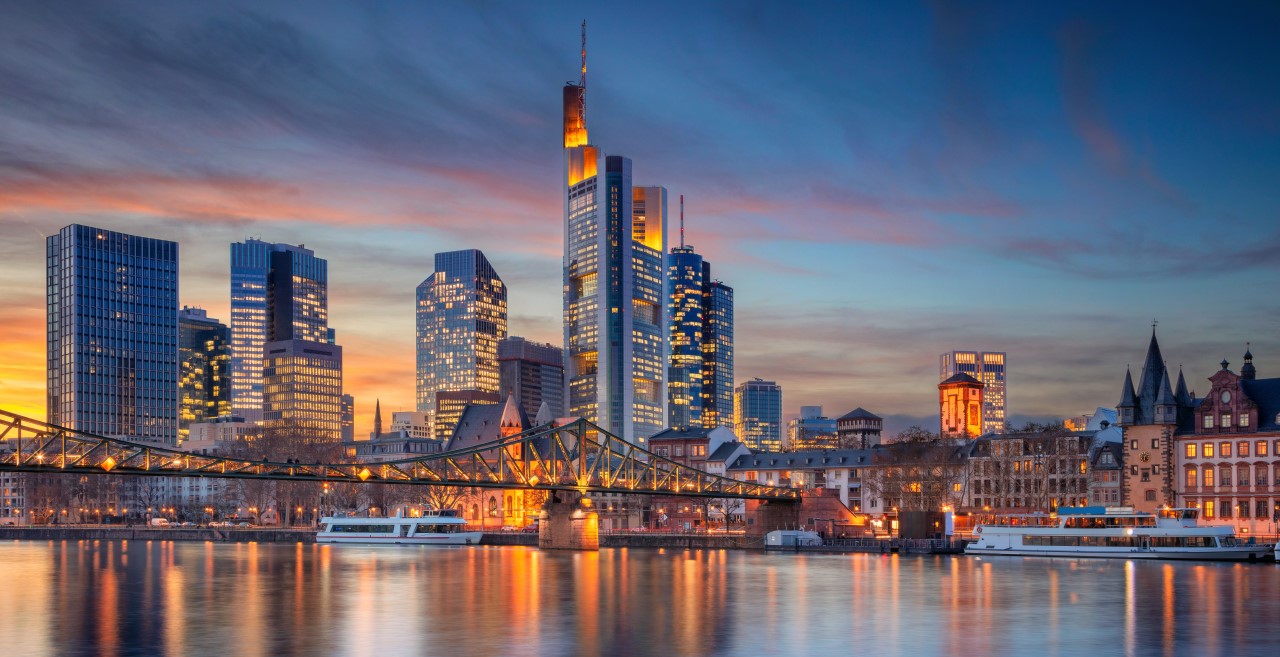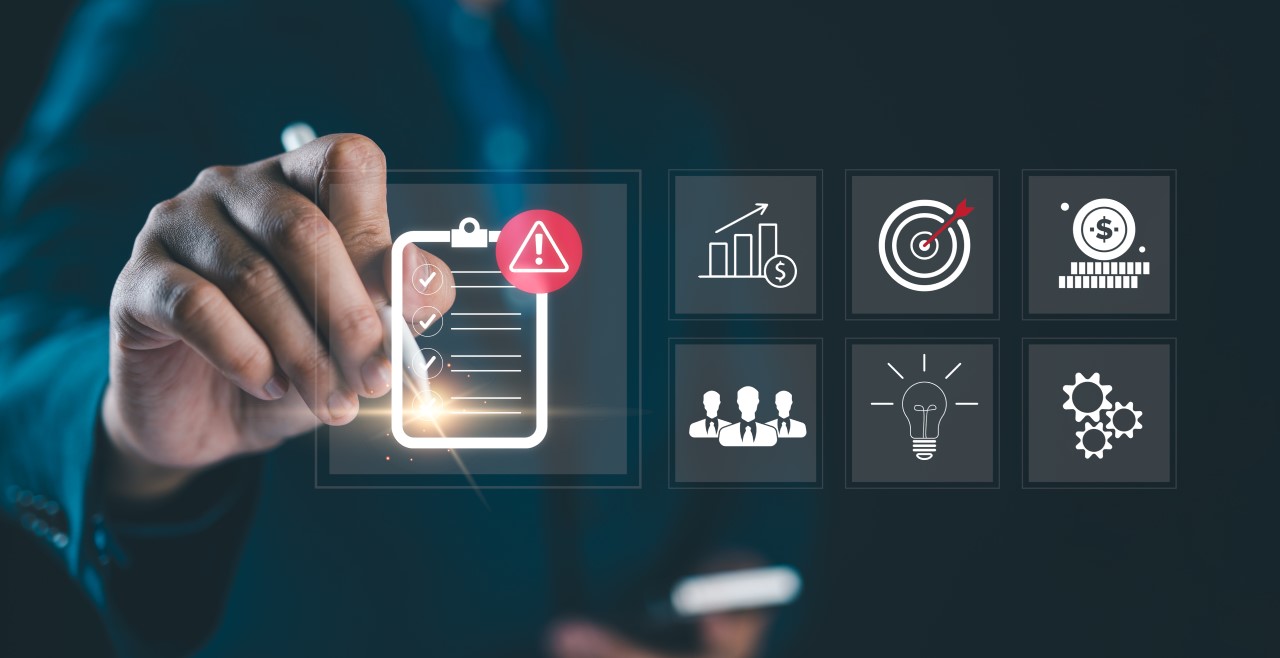The transition to 'green' cars is happening at breakneck speed in the EU. The market share has increased from 11% to 47% in two years. The battery car is by far the most popular in this regard. Battery electric vehicles (BEV) from China are particularly popular. We warn against this heavy blow inflicted by China on the European automotive industry and the European economy.
Johan Geeroms, our Director Risk Underwriting Benelux: “The automotive industry is being redefined again. Fifteen years ago, the Chinese government was already fully invested in BEVs. Large public companies have been created and these are now arriving in force on the European market. The three best-selling battery cars in 2022 are Chinese. Soon, all cars will come from China, whether they are made by a Chinese brand or they are American and European brands and made on Chinese soil. They meet all European requirements.” The prejudice that Chinese cars are inferior is no longer relevant.



